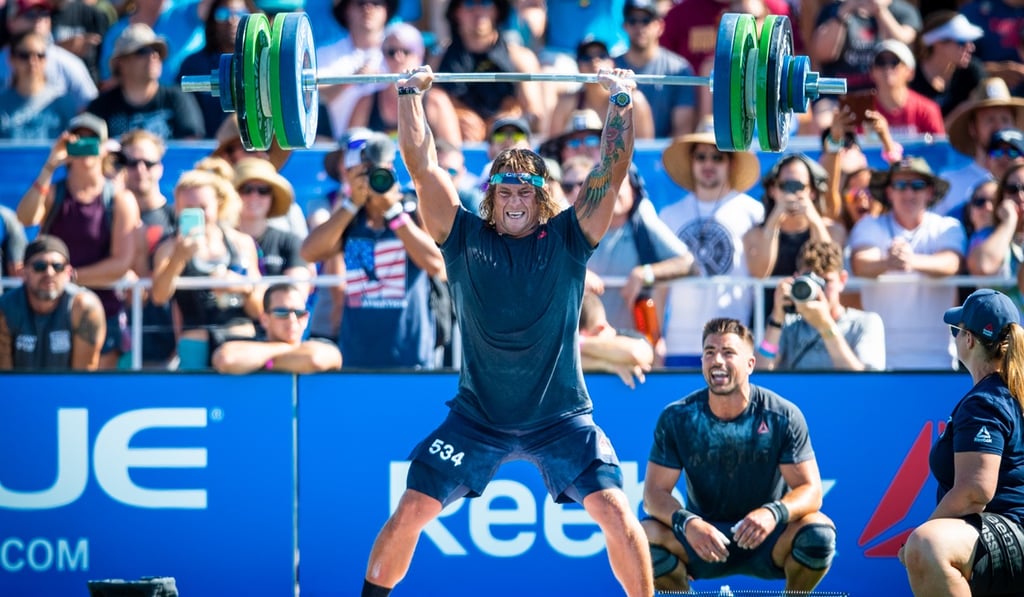Opinion | CrossFit’s 2019 season of change: was it a success?
- The branded fitness regime orchestrates a monumental pivot in 2019 which drastically alters the landscape of its marquee event – the CrossFit Games

Zoom ahead one year and the moves seem to have paid off for the branded fitness regime. The new qualifying structure for the games handed out golden tickets to amateur CrossFit stars from across the planet, turning them into local celebrities and pumping their ‘boxes’, as CrossFit gyms are known, with added clout and marketing power.
A savvy, deft business move, yes, but one that appears to be rooted in a good cause, promoting healthy living in places where exercise and nutrition are still new and foreign to many locals. You can’t fault a company for worrying about its revenue streams and bottom lines, but when you tout things like sustainability and personal betterment, you better back it up – which they did.
The games didn’t suffer either. CrossFit went open source and offered live feeds for commentary, and then ran its own as well. Forgoing traditional media is a flat-out ballsy move after getting in bed with ESPN and CBS when it comes to broadcasting.
CrossFit will probably keep its viewership numbers close to its chest, which is a smart move à la Netflix, because as soon as you give the media statistics to chew on, any fluctuations are trotted out every quarter for excruciating analysis.

